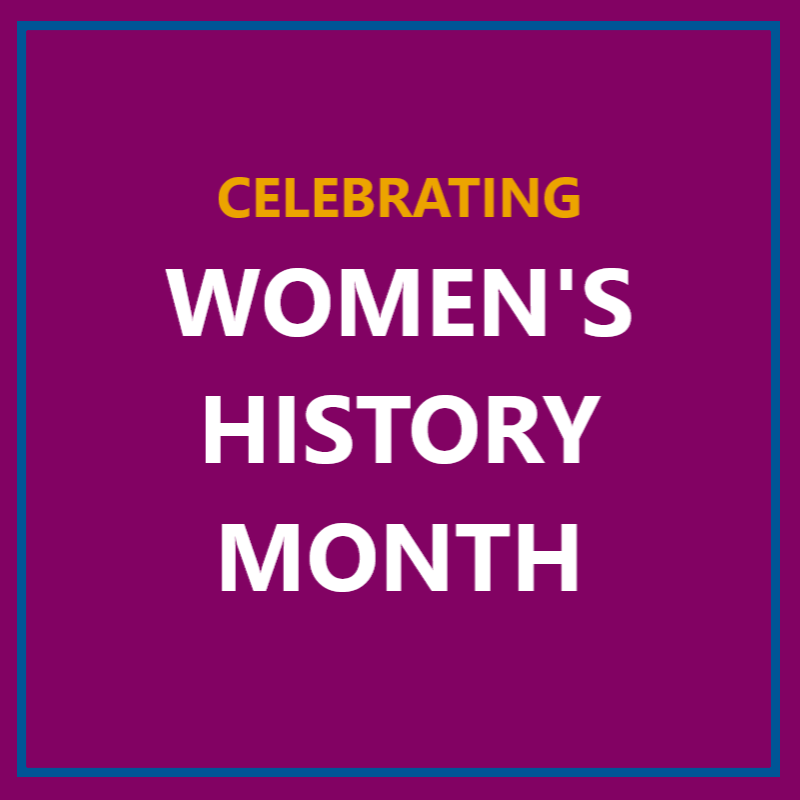
Beginning in 1910, March 8 became annually observed as International Women's Day. March 8 was choosen to commemorate 2 events. On March 8, 1857, female textile workers in New York City marched in protest of unfair working conditions and unequal rights for women. It was one of the first organized strikes by working women, during which they called for a shorter work day and decent wages. On March 8, in 1908, women workers in the needle trades marched through New York City's Lower East Side to protest child labor, sweatshop working conditions, and demand women’s suffrage.
In 1978, the Education Task Force of the Sonoma County (California) Commission on the Status of Women planned and executed a “Women’s History Week” celebration in 1978. The organizers selected the week of March 8 to correspond with International Women’s Day. The movement spread across the country as other communities initiated their own Women’s History Week celebrations the following year.
In February 1980, President Jimmy Carter issued the first Presidential Proclamation declaring the Week of March 8th 1980 as National Women’s History Week.
In 1987, the National Women's History Project successfully petitioned Congress to include all of March as a celebration of the economic, political and social contributions of women.
Learn more about Women's History Month:
- Women's History Month - Women's History Month events sponsored by the Library of Congress, National Archives and Records Administration, National Endowment for the Humanities, National Gallery of Art, National Park Service, Smithsonian Institution and United States Holocaust Memorial Museum.
- National Women's History Museum
- National Women's History Alliance